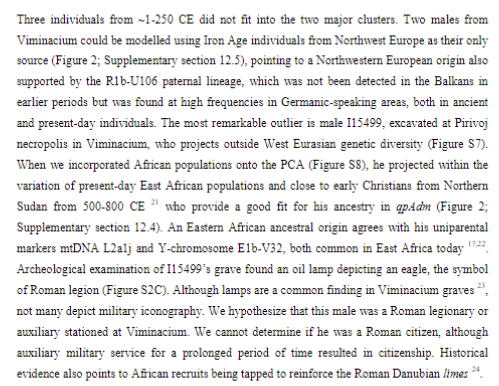
The Zagrosian/Ganj_Dareh/Iran_Neolithic-like people who contributed significant amount of ancestry to Indus Valley Civilization migrated west from Iran prior to 10,000 BC. 

* east not west
Perhaps the Tutkaulian culture marks the spread of the the cousins of the Zagrosians into Central Asia (& the Indus?) in the epipaleolithic?
https://twitter.com/Peter_Nimitz/status/1447002822080225281?s=20
Kelteminar might have been a mostly Zagrosian-like people due to the Tutkaulian expansion, not Uralic or WSHG as some suspected.
https://twitter.com/Peter_Nimitz/status/1376634193690587136?s=20
• • •
Missing some Tweet in this thread? You can try to
force a refresh





























